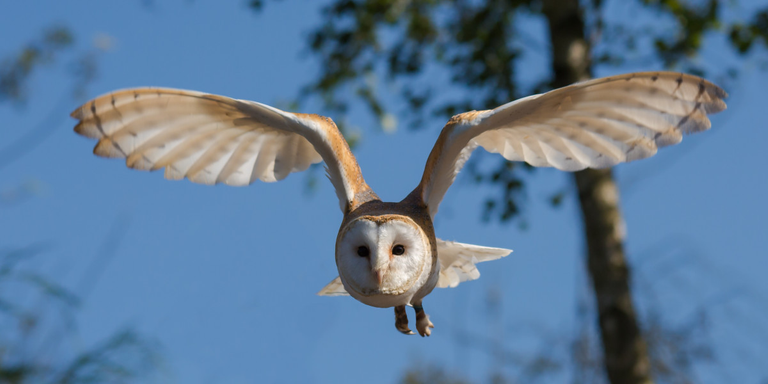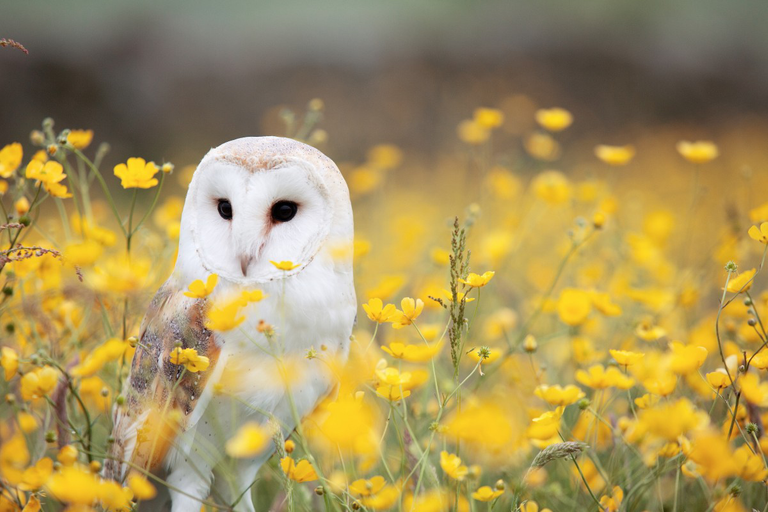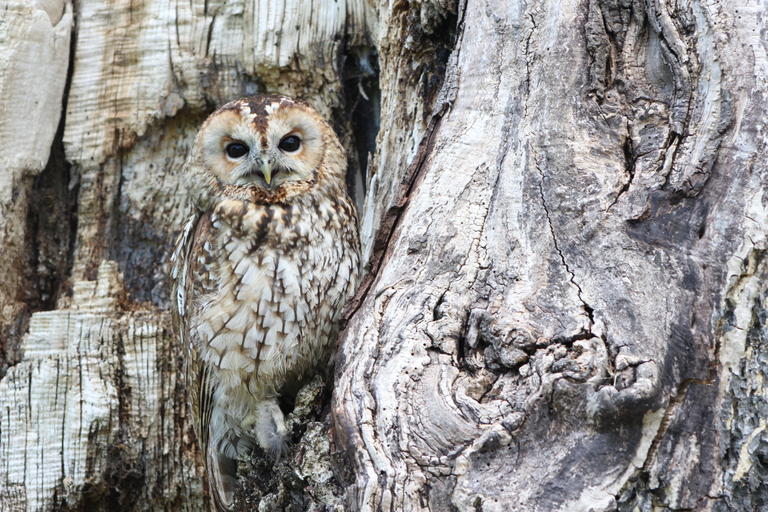Why Do Owls Love Mice? A Whimsical Food Choice
Owls, which are interesting and strange birds that come out at night, have been interesting to people for a long time. With their sharp eyesight, ability to fly without making noise, and unique hooting sounds, they give off an air of mystery. But one thing that makes people curious is how the attacker chooses its prey, which is usually mice. Why are these beautiful birds so drawn to these small, fast-moving creatures? This piece will look into the world of owls and explain the interesting things that make them like mice so much.
Owls have a wonderful mix of characteristics that allow them to be extremely effective predators, particularly when it comes to the pursuit of mice. Let's have a look at some of the most important characteristics of owls that contribute to their success as hunters:
Capability of Nearly Silent Flight Owls have unique feathers that allow them to fly in a manner that is nearly silent. They have fringed edges on their wing feathers, which impede the passage of air and reduce the amount of noise made by the bird. Because of their stealthy flying, they are able to sneak up on their prey without causing them to become aware of their presence.
Remarkable Capabilities of Hearing Owls are known for their extraordinary hearing capabilities. Their facial discs, which are unique arrangements of feathers on their faces, work in a manner like to that of satellite dishes in order to direct sound towards their ears. Because of this, they are able to find their prey based entirely on sound. They are able to hear even the most inaudible rustle made by a mouse in the grass or the snow.
Acute Vision: Owls have wide, forward-facing eyes that give great binocular vision. This enables them to precisely assess distances since they have strong binocular vision. Their eyes are extremely suited to operate in low-light environments, and they have a high concentration of rod cells, which contribute to their ability to detect movement in their surroundings. Because of this, they are ideally adapted for hunting around twilight or throughout the night, the times of day when their prey is most active.
Powerful Talons: Owls have incredibly strong talons that are meant to seize and paralyze whatever it is that they hunt. Because of their powerful grasp, they are able to seize mice when they are in flight or while they are hidden in their burrows on the ground. In addition, their talons are equipped with strong, curved claws that enable them to tightly grab onto their prey, hence minimizing the likelihood that the prey would get away.
Camouflage and stealth: Owls are equipped with a variety of adaptations that allow them to blend in with their environment. Their feather patterns frequently imitate their natural environment, which serves as a form of camouflage when they are perched on trees or against the backdrop of the night sky. They are able to avoid detection by both their prey and other possible predators thanks to their camouflage. When hunting for mice, their ability to fly silently and sneak up on their prey offers them an edge. The element of surprise also gives them an advantage.
Capability to Swivel the Head: Owls are well-known for their head movement, which allows them to turn their heads to a significant degree. Because of their adaptability, they are able to survey a large area without shifting their bodies, so guaranteeing that they do not overlook any possible prey. They have the ability to rotate their heads up to 270 degrees, which helps them locate mice that are scurrying in a variety of directions.
A Powerful Digestive System Owls have the unique capacity to consume their whole prey, including the bones, hair, and feathers. This is made possible by their powerful digestive system. They do this in order to ensure that their digestive tract is clean and ready for the next meal by regurgitating indigestible portions like as pellets, which are composed of fur and bones.
Why they go for mice
Abundance and Availability
Mice, especially field mice, are often seen in a variety of ecosystems. These creatures are small, quick, and good at reproducing, which makes them easy to eat. Owls take advantage of how many mice there are and how many there are in general to make sure they have enough food to live and have babies.
Energy Density and Nutrition:
When owls eat mouse meat, they get a lot of proteins, fats, and other important nutrients that help them get the energy they need. These small mammals provide owls with a concentrated source of food, which gives them the energy they need for flight, reproduction, and keeping their general health in good shape. Owls can get all of the food they need from mice, which is good for their health as a whole.
Adaptation and Co-evolution of these two creatures
The fact that owls and mice evolved together has had a big effect on their habits and traits. Throughout millions of years, owls have changed in ways that have led to them having sharp claws, special feathers for flying, and good night vision. Because of these changes, owls are good at hunting small animals like mice. At the same time, mice have gone through genetic changes that have given them better senses, made them more agile, and helped them come up with ways to avoid being eaten. An interesting co-evolutionary dynamic has come about because of how predators and prey work together.
How big it is and how secure it needs to be
Mice are smaller than most other animals, which makes them a safer choice for owls to eat when they are hunting. Larger animals, like rabbits or squirrels, are better able to protect themselves from being eaten, which makes it more likely that the owl will get hurt. Owls use mice as a way to avoid the risks that come with catching and subduing bigger prey, which protects their safety while hunting.
Ecosystem Balance

Source
As the top predators in an environment, owls play a very important role in keeping things in balance. The goal of population control methods for mice and other small mammals is to lessen the bad things that can happen when there are too many of them, such as damage to plants, disease spread, and damage to the environment. The fact that owls like to eat mice is an important part of keeping the delicate balance of our ecosystem.
In conclusion, owls' preference for mice is not just a matter of ease. There are many reasons why they do this. Throughout millions of years, owls have developed a strong preference for mice. This is because mice are easy for them to catch and their digestive systems work well with them. The basis of this relationship goes beyond just providing food for each other. It includes the complicated processes of adaptation, co-evolution, and keeping an ecosystem stable. When you hear an owl at night, it's a good idea to stop and think about the interesting connection between these birds and the fact that they like to eat mice.
—
References
- https://learnbirdwatching.com/do-owls-eat-mice/
- https://www.victorpest.com/articles/attracting-owls-reduce-rodent-populations
- https://championsforwildlife.org/owl-facts/
- http://www.worldofowls.com/food-and-hunting/
- https://www.barnowltrust.org.uk/owl-facts-for-kids/owl-food-chain/
- https://www.atshq.org/what-do-owls-eat/




@tipu curate
Upvoted 👌 (Mana: 38/58) Liquid rewards.
Thanks buddy
Thanks for your contribution to the STEMsocial community. Feel free to join us on discord to get to know the rest of us!
Please consider delegating to the @stemsocial account (85% of the curation rewards are returned).
You may also include @stemsocial as a beneficiary of the rewards of this post to get a stronger support.